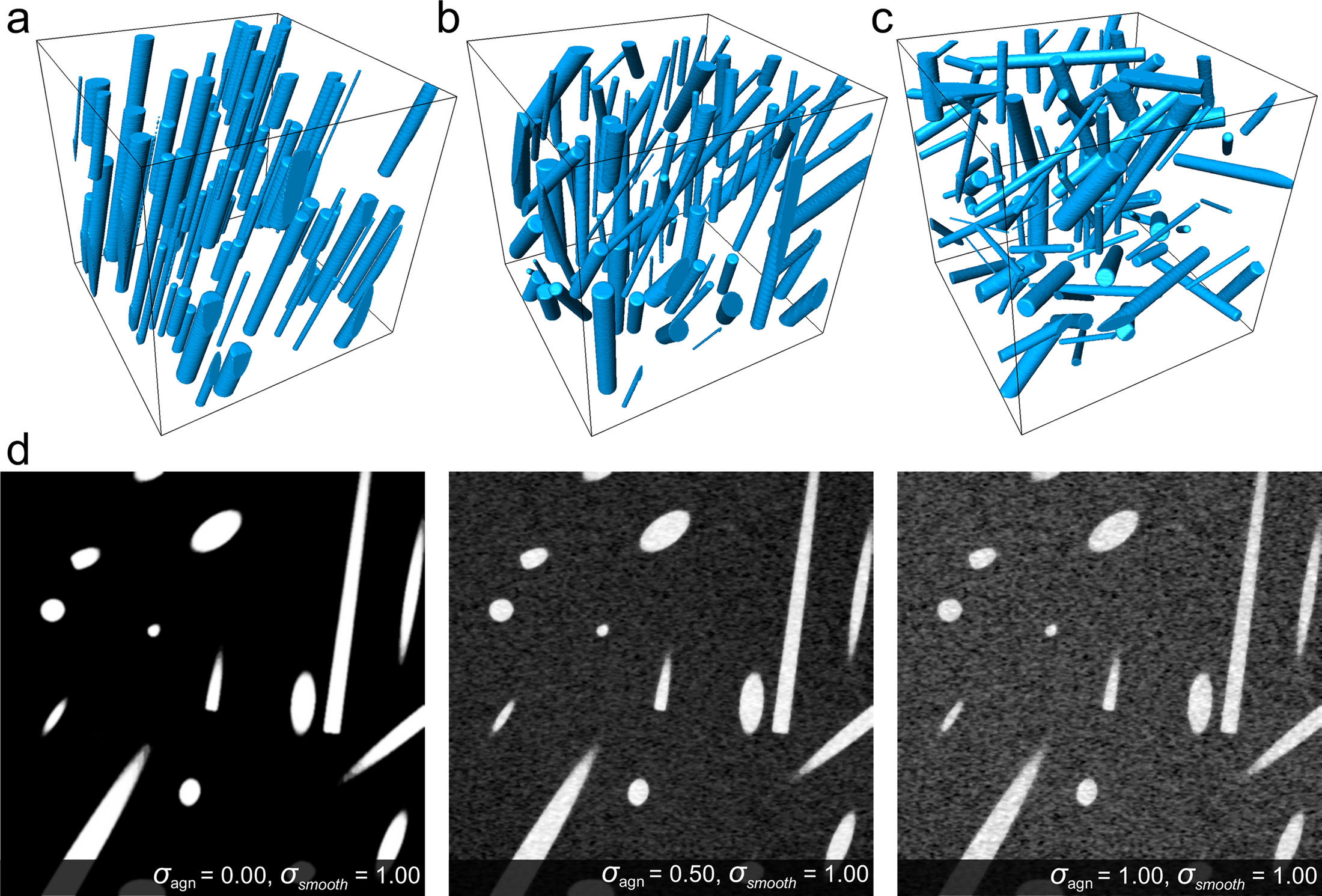Quanfima: An open source Python package for automated fiber analysis of biomaterials
Hybrid 3D scaffolds composed of different biomaterials with fibrous structure or enriched with different inclusions (i.e., nano- and microparticles) have already demonstrated their positive effect on cell integration and regeneration. The analysis of fibers in hybrid biomaterials, especially in a 3D space is often difficult due to their various diameters (from micro to nanoscale) and compositions. Though biomaterials processing workflows are implemented, there are no software tools for fiber analysis that can be easily integrated into such workflows. Due to the demand for reproducible science with Jupyter notebooks and the broad use of the Python programming language, we have developed the new Python package quanfima offering a complete analysis of hybrid biomaterials, that include the determination of fiber orientation, fiber and/or particle diameter and porosity. Here, we evaluate the provided tensor-based approach on a range of generated datasets under various noise conditions. Also, we show its application to the X-ray tomography datasets of polycaprolactone fibrous scaffolds pure and containing silicate-substituted hydroxyapatite microparticles, hydrogels enriched with bioglass contained strontium and alpha-tricalcium phosphate microparticles for bone tissue engineering and porous cryogel 3D scaffold for pancreatic cell culturing. The results obtained with the help of the developed package demonstrated high accuracy and performance of orientation, fibers and microparticles diameter and porosity analysis.


